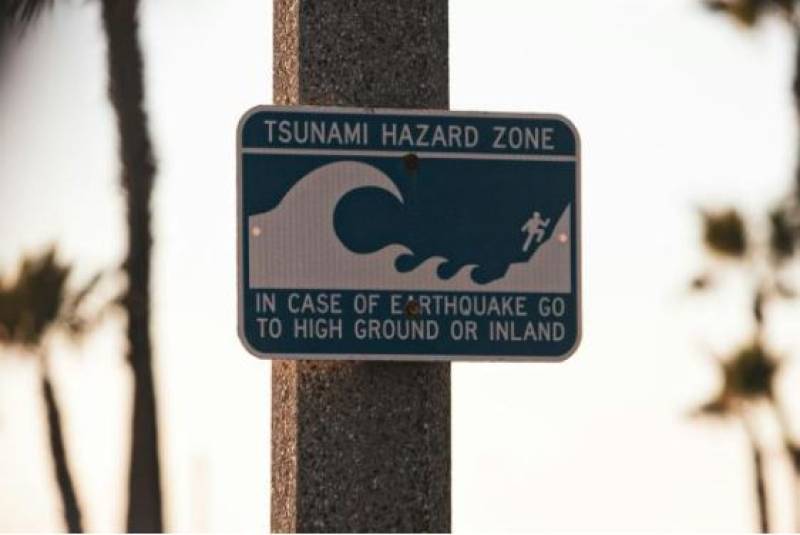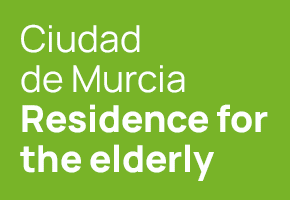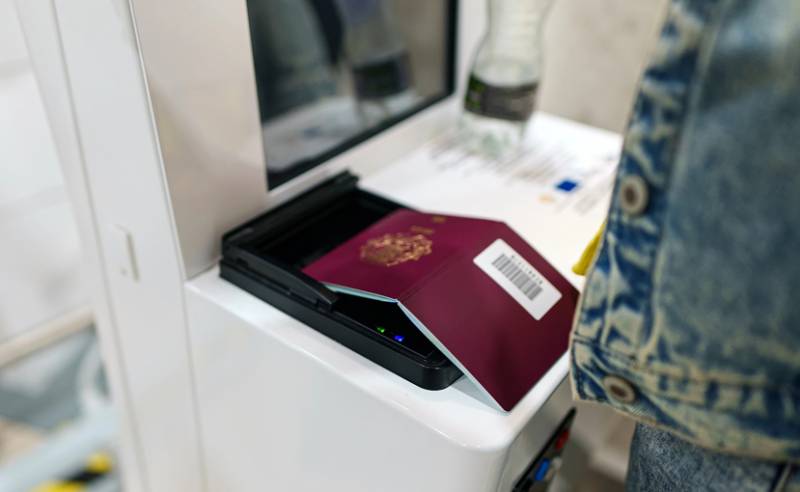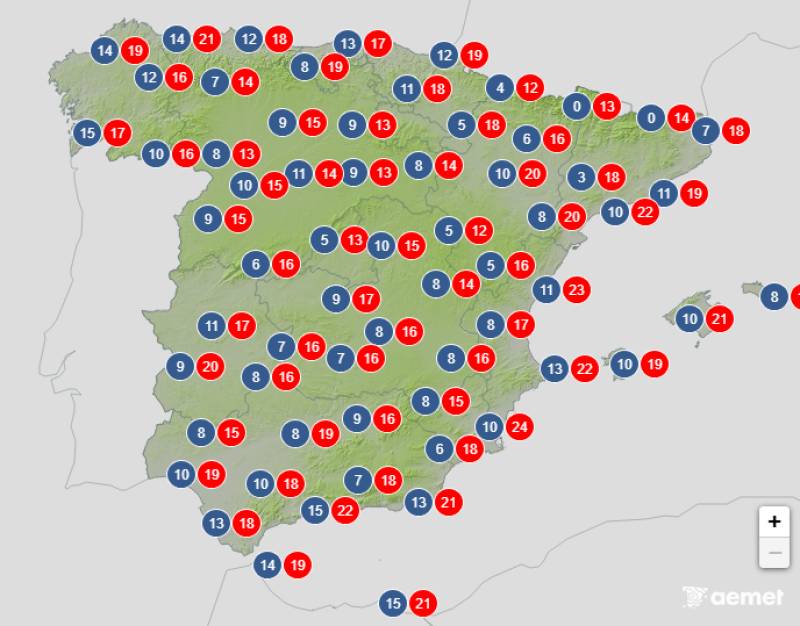- Region
- Vega baja
- Marina Alta
- Marina Baixa
- Alicante
- Baix Vinalopo
- Alto & Mitja Vinalopo
-
ALL TOWNS
- ALICANTE TOWNS
- Albatera
- Alfaz Del Pi
- Alicante City
- Alcoy
- Almoradi
- Benitatxell
- Bigastro
- Benferri
- Benidorm
- Calosa de Segura
- Calpe
- Catral
- Costa Blanca
- Cox
- Daya Vieja
- Denia
- Elche
- Elda
- Granja de Rocamora
- Guardamar del Segura
- Jacarilla
- Los Montesinos
- Orihuela
- Pedreguer
- Pilar de Horadada
- Playa Flamenca
- Quesada
- Rafal
- Redovan
- Rojales
- San Isidro
- Torrevieja
- Comunidad Valenciana
Date Published: 31/07/2025
From calm waters to killer waves: What to do if a tsunami hits Spain
With scientists predicting a 100% chance of Mediterranean tsunamis within 30 years, here's what you need to know to stay alive

This week’s massive 8.8 magnitude earthquake off Russia's Kamchatka Peninsula sent tsunami waves racing across the Pacific, hitting Japan's coast and reaching as far as the US West Coast. As Japanese authorities issued widespread tsunami warnings and residents evacuated coastal areas, it served as a stark reminder that these devastating natural disasters remain an active global threat, even on the peaceful Costas.
A tsunami in Spain might sound like something out of a far-fetched disaster movie, but it's happened before and could happen again. No one alive today has witnessed this terrifying natural phenomenon on Spanish soil, but the last time a giant wave hit the peninsula was in 1755, right after an earthquake hit Lisbon, Portugal.
On November 1st, All Saints' Day, the earth shook, creating a tsunami that Huelva and Cádiz still remember in their history books.
University of Seville historian María Eugenia Petit explains in her work ‘The Earthquake and Tsunami of 1755’ that this catastrophic event caused a significant number of deaths and destroyed many buildings.
With climate change bringing more frequent natural disasters and extreme weather events, perhaps it's time we prepared ourselves for another tsunami, more than 200 years later.
UNESCO's Intergovernmental Oceanographic Commission has issued a stark warning that there is a 100% chance of a tsunami of at least one metre in height occurring in the Mediterranean within the next 30 to 50 years.
This prediction is based on extensive analysis of Spain's seismic activity, historical tsunami patterns and the Mediterranean's active fault lines and volcanic zones.
What to do if you are caught in a tsunami on the beach
Don't panic, but do act fast. Spain has had the State Plan for Tsunami Risk in place since May 2021, which includes an alert system designed to warn civil protection authorities and emergency services about incoming disasters. Their job is then to communicate the danger to affected citizens as quickly as possible.
The golden rules are simple but crucial: remain calm, stay away from the water and move away from the coast immediately.
But the real goal is making sure nobody gets caught off guard and the authorities need to implement an evacuation plan that gets people to the nearest safe area before the waves arrive.
Thanks to modern technology, we're better equipped than ever to predict tsunamis, tidal waves and hurricanes. Scientists have already identified the areas most at risk. According to the European Tsumaps Neam project's map of Spanish territory, the Andalucían coasts face the highest chance of experiencing a devastating tsunami in the next fifty years.
How much reaction time is there in the event of a tsunami?
Civil Protection data shows that more than 80% of tsunamis worldwide are caused by earthquakes, while the remaining 20% result from volcanic eruptions, glacial calving or landslides.
According to Juan Vicente Cantavella, director of the National Seismic Network, if an earthquake occurred near the Spanish coast, the resulting wave would take between 45 minutes and an hour to reach the Andalucían beaches of Huelva and Cádiz. That's your window of opportunity.
The tsunami information document

The National Geographic Institute has put together some practical advice that could save your life. Their recommendations include moving to high ground (above the third floor), staying away from rivers and bodies of water and if you're on a boat, sailing offshore rather than heading to port.
Their document also tells you exactly when to evacuate beaches. The warning signs are clear: when you feel an earthquake, when you can see the water receding rapidly from the shore and obviously, when officials issue an alert.
Earthquake warning systems
Spain isn't sitting around waiting for disaster to strike. The Royal Naval Observatory, working with the IGN and Portugal, is developing the Alertes-SC3 system, which detects the first seismic waves (P waves) to issue alerts before the destructive waves (S waves) arrive.
This experimental method uses a network of seismometric stations on land and at sea near the Gulf of Cádiz, identifying epicentres and magnitudes seconds before you feel the effects.
The government has been busy too. In March 2025, officials approved an ambitious National Plan for Monitoring Seismic, Volcanological and Other Geophysical Phenomena. Led by the IGN and 54 scientific and technical entities, this comprehensive plan aims to strengthen monitoring networks, improve alert protocols, build community resilience and modernise communication channels between different levels of government.
The bottom line? While tsunamis remain rare in Spain, being prepared could mean the difference between a scary story and a tragedy. Know the signs, trust the alerts and remember that your best chance of survival is getting to higher ground as quickly as possible.
Images: UNESCO
staff.inc.ali
Loading
See more environmental news about Spain:
OR
Sign up for the Spanish News Today Editors Roundup Weekly Bulletin to get a comprehensive email with all the week’s news for Spain, Murcia, Alicante and Andalucía.
Get a sneak peek – here are a few of our recent Subscription Bulletins:
Discount Special Offer subscription:
36.95€ for 48 Editor’s Weekly News Roundup bulletins!
Please CLICK THE BUTTON to subscribe.
Contact Murcia Today: Editorial 000 000 000 /
Office 000 000 000




























